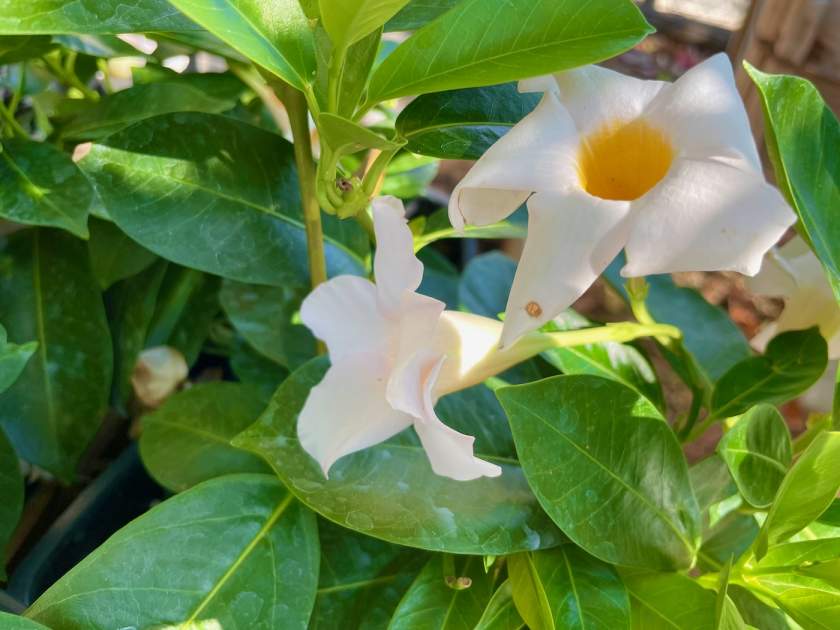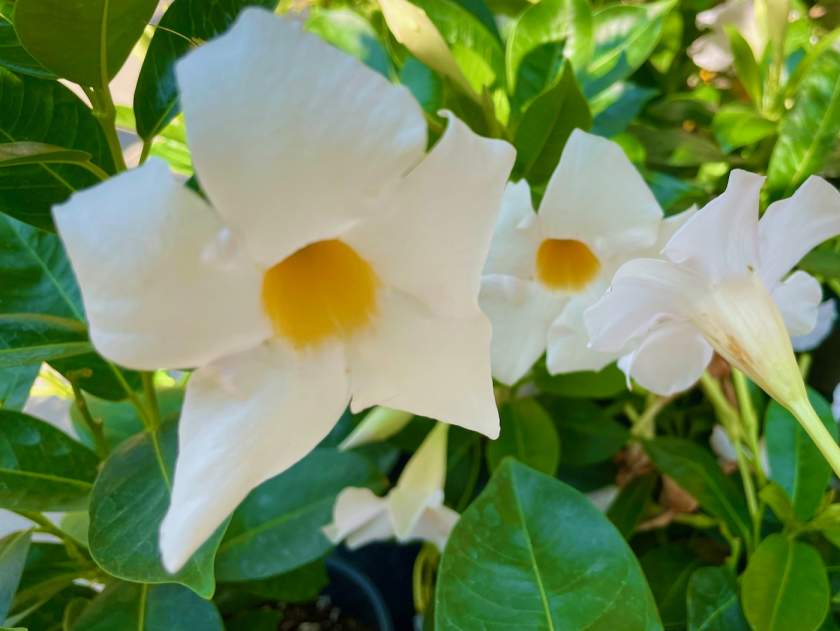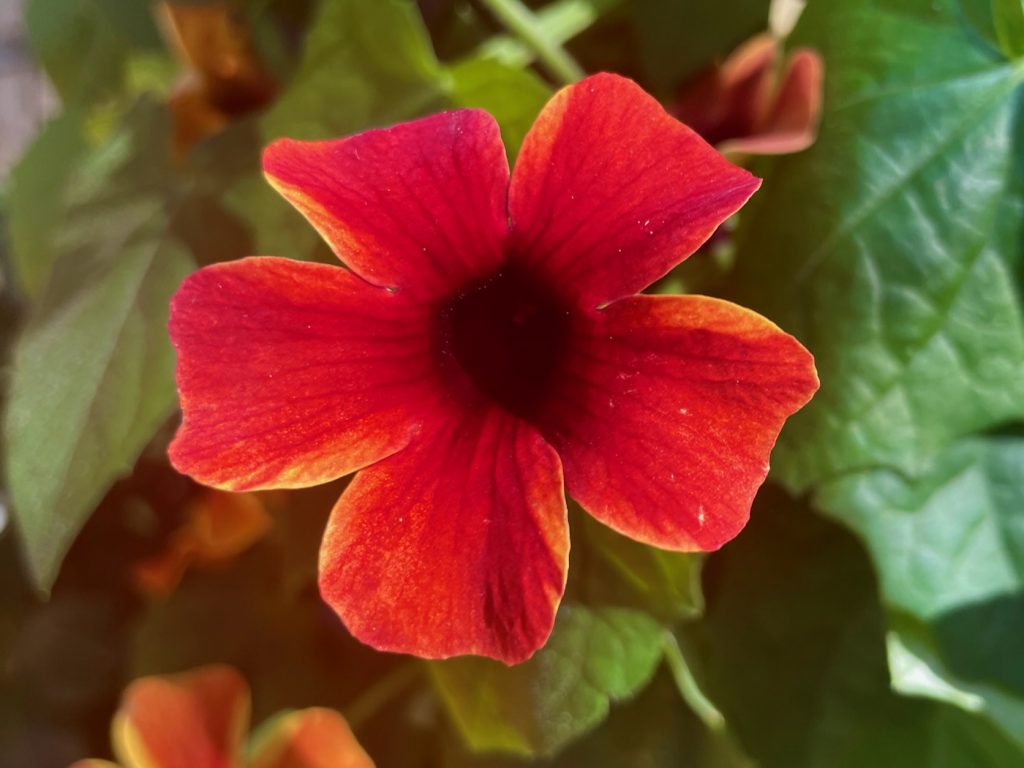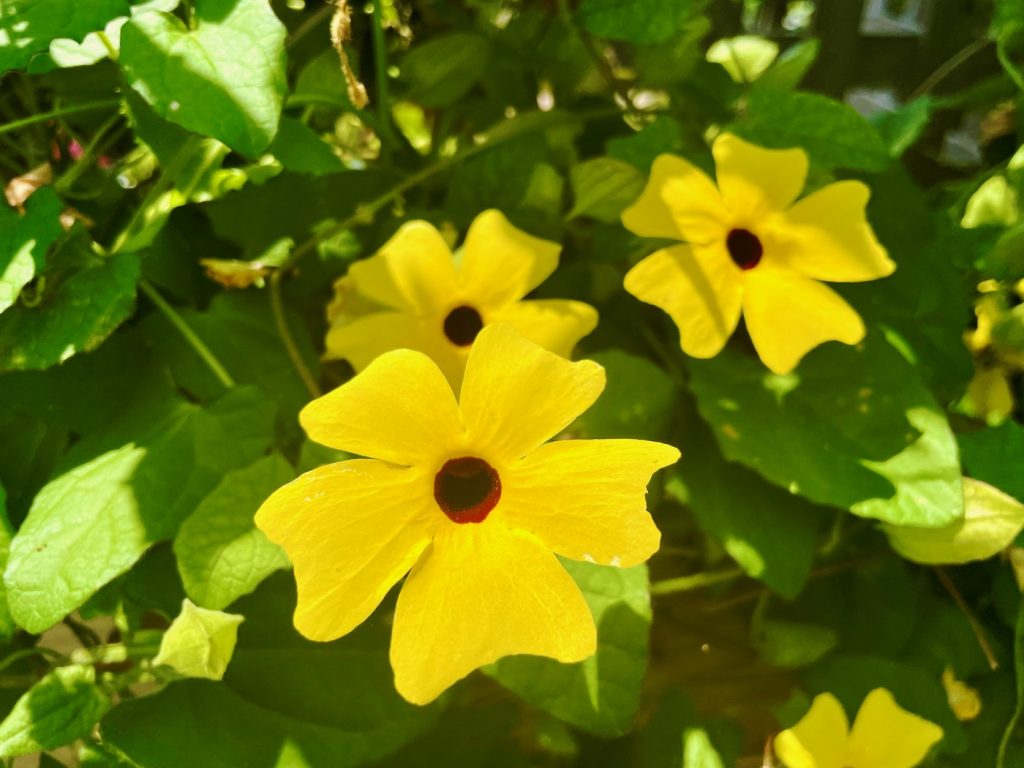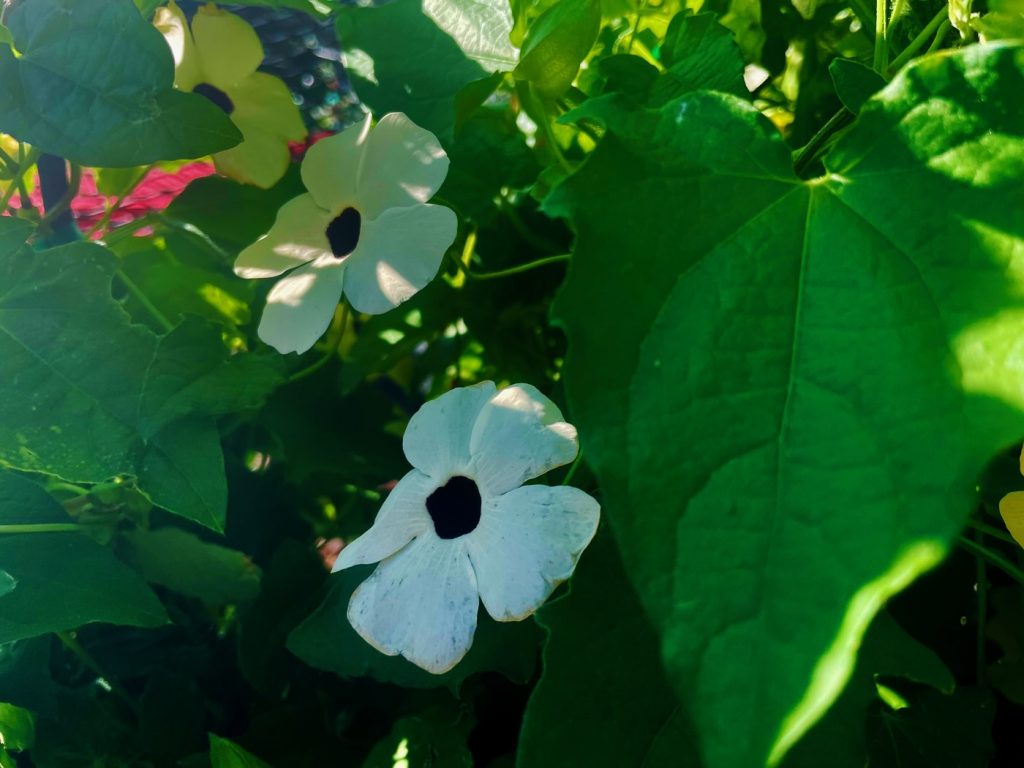Mandevilla ‘Sundenia White’: A Compact and Beautiful Tropical Vine
Introduction: Mandevilla ‘Sundenia® White’, also known as Dipladenia ‘Sundenia® White’, is a hybrid plant created by Suntory Flowers. It belongs to the family Apocynaceae and is a tropical vine that showcases the best characteristics of both Mandevilla and Dipladenia plants. With its compact and manageable size, stunning white flowers, and continuous bloom, ‘Sundenia® White’ is a popular choice for hanging baskets, planters, and garden landscapes. In this article, we will explore the features and cultivation requirements of Mandevilla ‘Sundenia® White’, providing valuable insights for enthusiasts who wish to incorporate this beautiful vine into their outdoor spaces.
Characteristics:
Mandevilla ‘Sundenia® White’ is a tropical vine that offers an abundance of large, crisp white flowers with a yellow throat. The flowers typically measure between 3 to 5 inches in diameter, creating a stunning display against the plant’s green foliage. The plant has an upright habit and a compact, bushy growth pattern, reaching a height of 12 to 24 inches and spreading 18 to 24 inches wide. The foliage is green and provides an attractive backdrop to the striking white blooms. ‘Sundenia® White’ is a continuous bloomer, ensuring a long-lasting display of flowers throughout the growing season. This vine is known to attract hummingbirds and butterflies, adding an extra element of beauty to the garden.
Cultivation of Mandevilla ‘Sundenia White’:
Sunlight: Mandevilla ‘Sundenia® White’ thrives in full sun. It requires a minimum of 6 hours of direct sunlight per day to ensure optimal growth and abundant flowering. In hot summer areas, providing some afternoon shade can help protect the plant from excessive heat and sunburn.
Watering: Dipladenia ‘Sundenia® White’ has average water needs and prefers well-drained soils. Water the plant regularly to keep the soil evenly moist but avoid overwatering, as it can lead to root rot. Allow the top few inches of soil to dry out before watering again.
Soil: Mandevilla ‘Sundenia® White’ grows best in moist, well-drained soils. The soil should have good drainage to prevent waterlogging, which can be detrimental to the plant’s health. Adding organic matter, such as compost or peat moss, to the soil can improve its water-holding capacity and fertility.
Pest and Disease Control: Mandevilla ‘Sundenia® White’ is generally a low-maintenance plant with good resistance to diseases and pests. However, it may be susceptible to common garden pests like whiteflies, spider mites, and mealybugs. Regularly inspect the plant for any signs of infestation, such as webbing, yellowing leaves, or distorted growth. If pests are present, you can use insecticidal soaps or oils specifically formulated for these pests. It is essential to monitor the plant regularly and take action at the first sign of infestation to prevent further damage.
Propagation: Mandevilla ‘Sundenia® White’ can be propagated through seeds or cuttings. To propagate from seeds, sow them in well-draining soil and provide bottom heat for germination. For propagation from cuttings, take softwood cuttings in late spring or semi-ripe cuttings in summer. Dip the cut end in rooting hormone and plant the cuttings in a well-draining potting mix. Provide bottom heat to promote root development and keep the soil moist until the cuttings have rooted.
Evolution of Dipladenia into Mandevilla:
Since the early 1900s, Mandevilla and Dipladenia plants have captivated gardeners with their tropical beauty and vibrant flowers. Historically, the larger-growing varieties were classified as Mandevilla, while the shorter and bushier types were referred to as Dipladenia. However, botanists have reclassified them all into the genus Mandevilla, unifying these plants under a single taxonomic group.
This reclassification reflects the evolutionary understanding and scientific advancements in plant taxonomy. While there are slight differences in growth habits and characteristics between different species and cultivars, they share many common features, such as the showy flowers and tropical allure. As a result, both Mandevilla and Dipladenia enthusiasts now refer to these plants collectively as Mandevilla.
Cautionary Notes: Mandevilla ‘Sundenia® White’ may cause mild stomach upset if ingested, and the sap may cause skin irritation. It is advisable to wear gloves and protective equipment when handling the plant to avoid any potential allergic reactions or irritation.
With its compact size, stunning white flowers, and continuous bloom, Mandevilla ‘Sundenia® White’ is a versatile and attractive tropical vine. Whether used in hanging baskets, planters, or as a climber on arbors and trellises, it adds a touch of elegance to any outdoor space. By following the cultivation tips outlined above, gardeners can enjoy the beauty and resilience of Mandevilla ‘Sundenia® White’ and create a vibrant and inviting garden environment.
